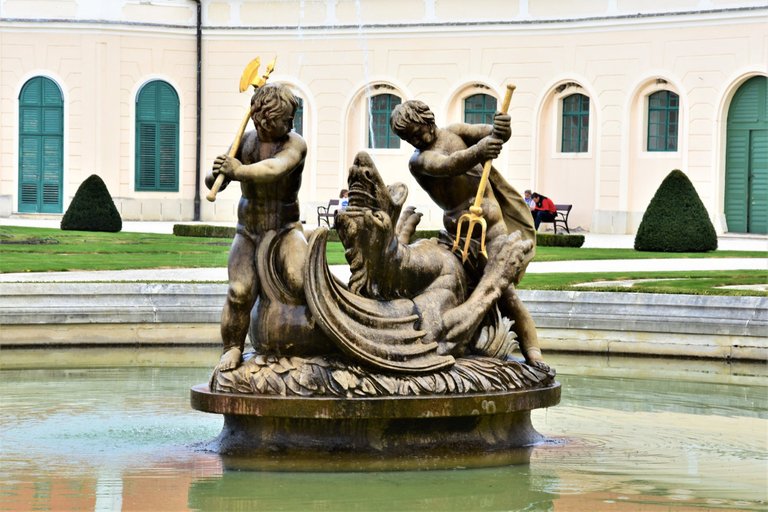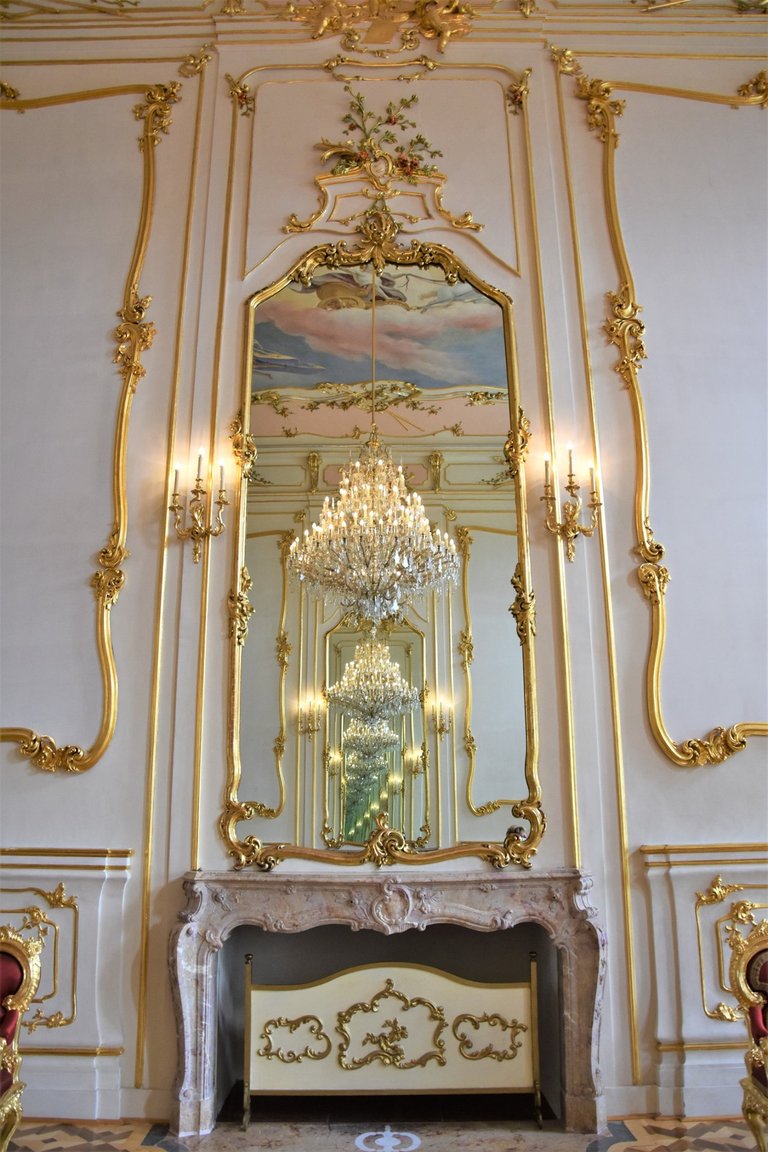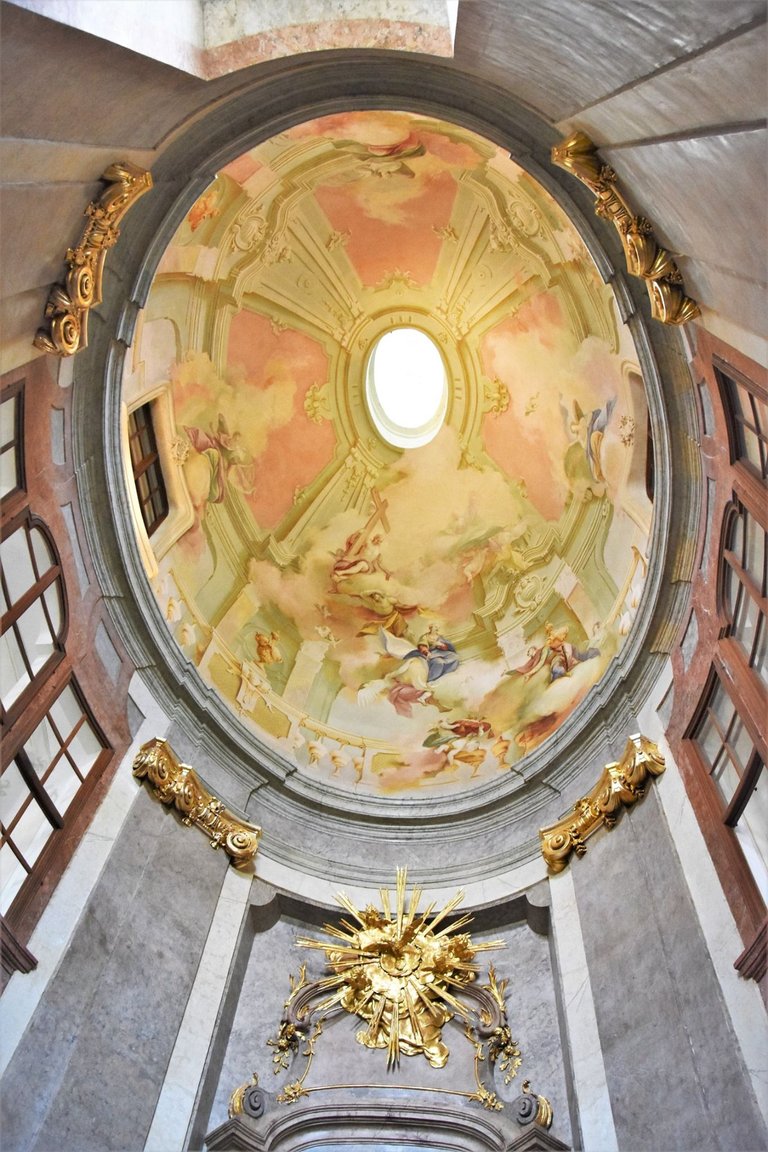"Hungarian Versailles" is the name of a very luxurious, magnificent and large-scale palace and park ensemble located in the town of Ferté in western Hungary, a two and a half-hour drive from Budapest.

Esterhazy Palace was built in several stages by representatives of one of the richest and noblest families in Hungary - Esterhazy. In July 1720, Prince Josef Esterhazy commissioned the famous architect Anton Ergardt Martinelli to build a hunting lodge.

Construction work was very fast, and three months later a beautiful hunting residence of Prince Esterhazy was built with 20 rooms, which became the basis for the construction of a huge palace in the future.

After the son of Joseph Miklos II (Nikolaus, nicknamed the Brilliant) became the prince of Esterhazy, the history of the hunting lodge began to be written on a new page. The richest and most ambitious Hungarian nobleman Miklos II adviser to the mighty Maria Theresa, as well as the commander in chief of her bodyguards in Hungary, having travelled throughout Europe, he realized that the 20-room hunting residence was too modest for him.


After visiting France and seeing the stunning beauty of Versailles, Miklos II decided to create his own Versailles on the model of the palace and park ensemble of Louis XIV.

On the basis of this hunting lodge in 1760-1767. Was built one of the largest and most beautiful palaces in Hungary, for the construction of which was spent a lot of money. The best Italian architects and artists were invited to work on the creation of the luxurious residence of Prince Esterhazy.

Next to the main building, there are two additional buildings, which together create a semicircular shape of the facade. In the middle of the yard was a beautiful fountain with sculptures of cherubs and dolphins. The yard is surrounded on all sides by trees cut in the shape of a pyramid. The windows on the top floor of the palace are made in the shape of a cello. Above the main entrance to the building was a large balcony, which could be climbed from two ramp stairs, decorated with lanterns, columns, statues and rich forging.
 |  |
|---|
Now the palace had 126 rooms, each of which has its own original design and does not repeat the other. In the luxurious interiors of the palace rooms, made in the Rococo style, there was a wonderful collection of furniture, paintings, clocks, Venetian mirrors, tapestries.

On the ground floor of the palace is the Reception Hall - the most beautiful room of the castle, made in the original Italian style. Its floor is lined with marble tiles, the ceiling is painted with dancing angels and various mythological characters.


The walls of the Music Hall are completely gilded. On the ceiling of the banquet hall is a huge mural depicting Apollo on a chariot. The mural has an amazing feature, if you look at the chariot from anywhere in the hall, it seems that it is moving straight at you. Allegorical figures symbolizing the seasons are installed in the corners of the banquet hall. Other halls of the castle look no less vulnerable.
 |  |
|---|
 |  |
|---|
I really like the impressive view of the wrought iron gate at the main entrance, created in 1764-1766 ... They are a true masterpiece of blacksmithing. The gate is divided by columns decorated with rococo vases. And behind the gate, there is an elegant view of the palace and park complex.

In addition to the palace in the museum, complex were built puppet and opera houses, a Chinese entertainment house, a house of music, a small church, "Orange House", pavilions of Venus, Fortune, Diana, the Temple of the Sun. The alleys of the English and French gardens were decorated with vases, lanterns, fountains and statues.

Every day at the Esterhazy Palace was a part of an endless, luxurious holiday event that the whole of Europe soon learned about. Prince Miklos Esterhazy became famous not only as a lover of balls and masquerades but also as a patron. It is known that the famous composer Josef Hayden, who also conducted the palace orchestra, lived in his house for 30 years.

After the death of Miklos II Esterhazy, his family began to lead a more modest life and moved to their main residence, in the Austrian city of Eisenstadt. And the castle in Fertioda gradually fell into disrepair.

He was also badly injured during World War II. A military hospital was located in the castle building, and the Banquet Hall was used as a horse stable. Only in 1958 was it possible to restore the majestic appearance of the Esterhazy Palace after the war.
Now in one of its parts is a hotel, the Joseph Hayden Museum. In summer, there are Haydn music festivals. Esterhazy Palace in 1957 received the status of a national museum.
GPS coordinates of the palace - 47.620624, 16.871787




